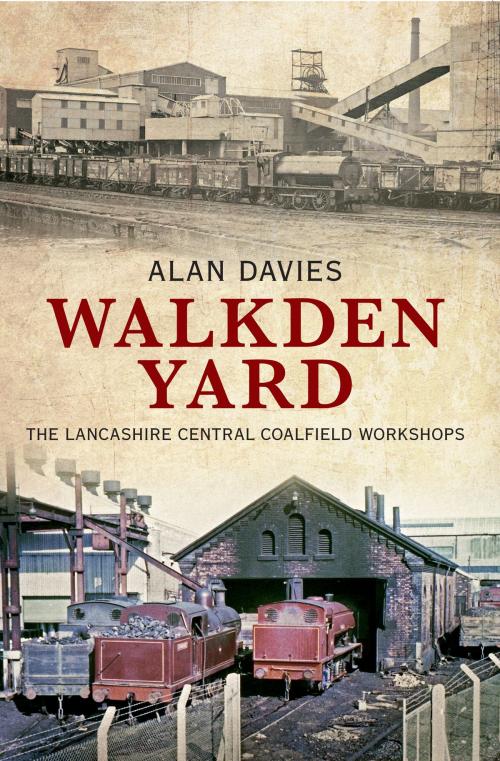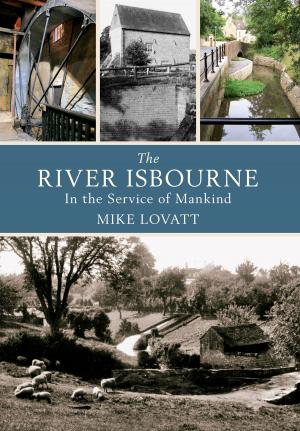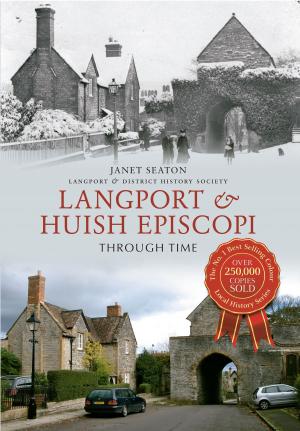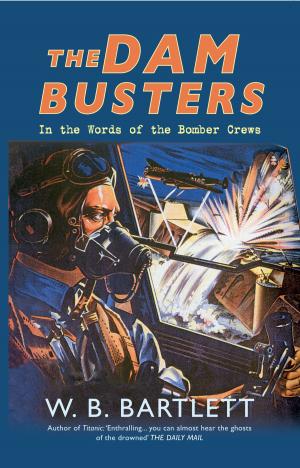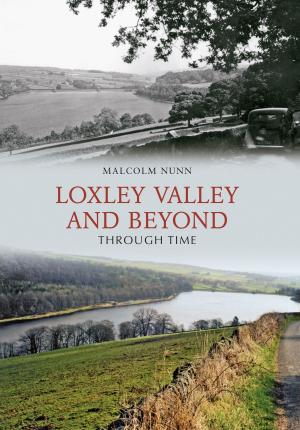Walkden Yard
The Lancashire Central Coalfield Workshops
Nonfiction, Reference & Language, Transportation, Railroads, Business & Finance| Author: | Alan Davies | ISBN: | 9781445617053 |
| Publisher: | Amberley Publishing | Publication: | September 15, 2013 |
| Imprint: | Amberley Publishing | Language: | English |
| Author: | Alan Davies |
| ISBN: | 9781445617053 |
| Publisher: | Amberley Publishing |
| Publication: | September 15, 2013 |
| Imprint: | Amberley Publishing |
| Language: | English |
Located close to the Ellesmere Colliery, the Walkden Yard ultimately became the NCB Central Workshops for Lancashire. From here the workshops served the Bridgewater Trustees' collieries, providing engineering support as well as maintaining the numerous railway locomotives and the many hundreds of wagons that the company owned. Opened in 1878, Walkden Yard transferred to the National Coal Board upon nationalization after the Second World War and its importance grew as it served the other Lancashire collieries too. At Walkden there were a machine shop, joiners' shop, electricians' shop, paint shop, tinsmiths', locomotive repair shop, wagon sheds and wagon machine shop. The yard itself employed hundreds of men and boys but was closed in 1986 with the decline of the Lancashire coalfield. A housing estate now sits atop the site of the Walkden yard and it is hard to remember that the site once serviced the many locomotives that belonged to the NCB, or that the Coal Board and its predecessors operated many locomotives over their own lines as well as the railway company ones and that a huge industry was maintained at Walkden yard, repairing locomotives and rolling stock. In this book, Alan Davies tells the story of the Walkden yard and the locomotives of the Lancashire coalfield.
Located close to the Ellesmere Colliery, the Walkden Yard ultimately became the NCB Central Workshops for Lancashire. From here the workshops served the Bridgewater Trustees' collieries, providing engineering support as well as maintaining the numerous railway locomotives and the many hundreds of wagons that the company owned. Opened in 1878, Walkden Yard transferred to the National Coal Board upon nationalization after the Second World War and its importance grew as it served the other Lancashire collieries too. At Walkden there were a machine shop, joiners' shop, electricians' shop, paint shop, tinsmiths', locomotive repair shop, wagon sheds and wagon machine shop. The yard itself employed hundreds of men and boys but was closed in 1986 with the decline of the Lancashire coalfield. A housing estate now sits atop the site of the Walkden yard and it is hard to remember that the site once serviced the many locomotives that belonged to the NCB, or that the Coal Board and its predecessors operated many locomotives over their own lines as well as the railway company ones and that a huge industry was maintained at Walkden yard, repairing locomotives and rolling stock. In this book, Alan Davies tells the story of the Walkden yard and the locomotives of the Lancashire coalfield.
